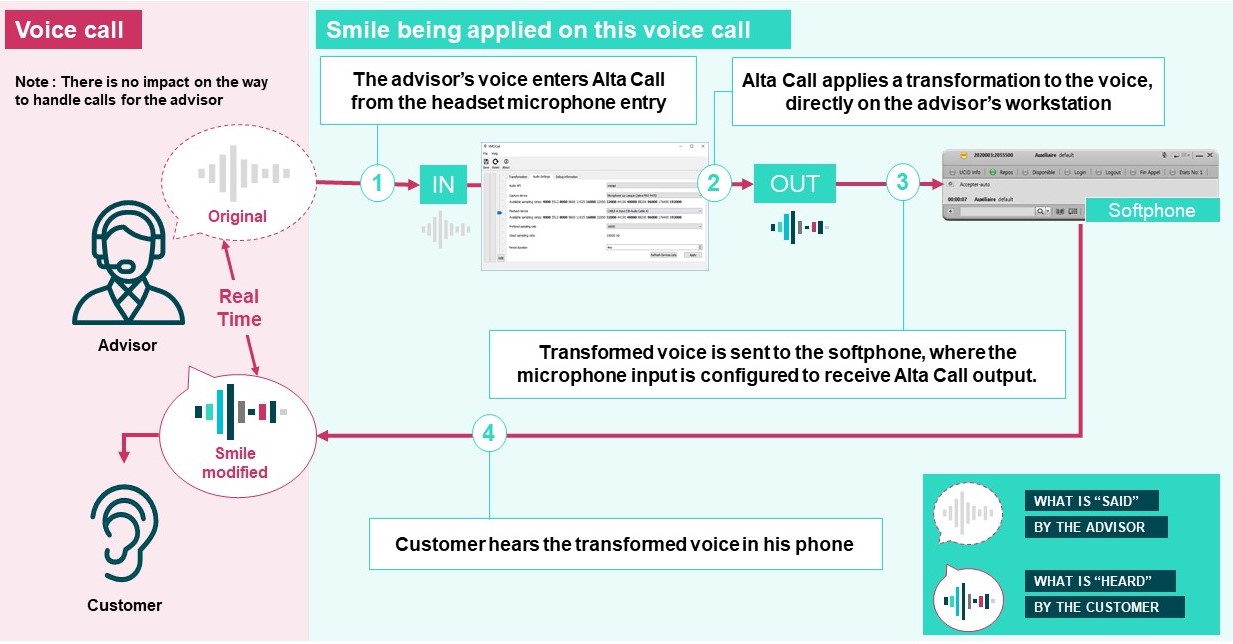
Let’s be honest together: yes we’ve already fallen in love with a voice (either a radio speaker, a singer, or someone we’ve never met, on a phone call). You could say, come on, we all know what is voice. But are we sure we can really understand it?
We record it, we transcribe it to text, we sometimes translate it, or even compress it… but can we identify if a voice is better, more efficient than others?
We often advise our team members to smile during their conversations, because we say that smile can be heard in one’s voice, but can we measure the impact of a smile on a company’s CSAT or sales rate?
And can we help advisors to smile (even if sometimes they don’t want to)?
Well, the answer to these questions today is…
YES we can.
Thanks to the development of advanced research in cognitive sciences, we are gaining new insights into how speech and music create emotions in each of us.
We all have this baseline in mind and you might wonder what’s the point at this stage… well we have managed to add – real time, at scale – emotions on our team members’ voice: either smile, happiness… and assess the impact on their performance.
We also managed to modify the voice timbre to make it more intelligible – if needed, with effects hardly noticeable on customer side and are currently working on other effects like trustworthiness.

The tool is pretty simple to use, it is just a piece of software installed on the agent’s desktop, transformations can be managed remotely through a customer dashboard. It doesn’t require any IT integration and can work on any telephony system using softphones.
Of course the transformation is subtle enough to be hardly noticeable by the customer, we don’t want that he feels you have ingested helium just before the call!
In bonus – Sample of the cheesiest pick-up lines we [actually] considered using to illustrate this article